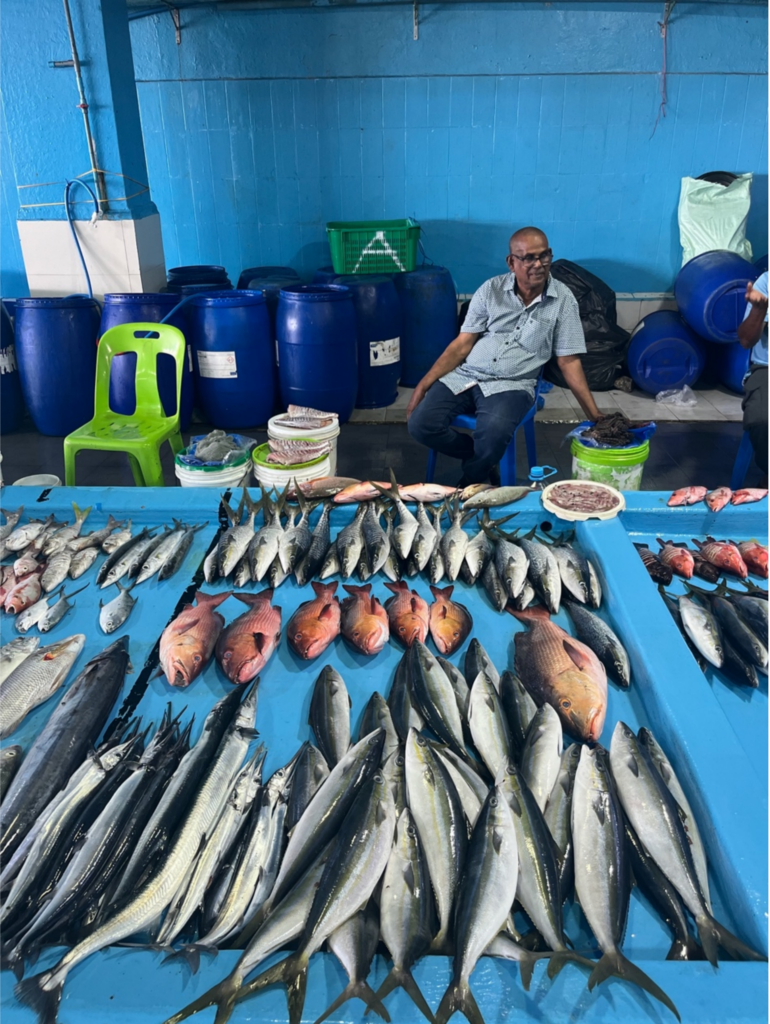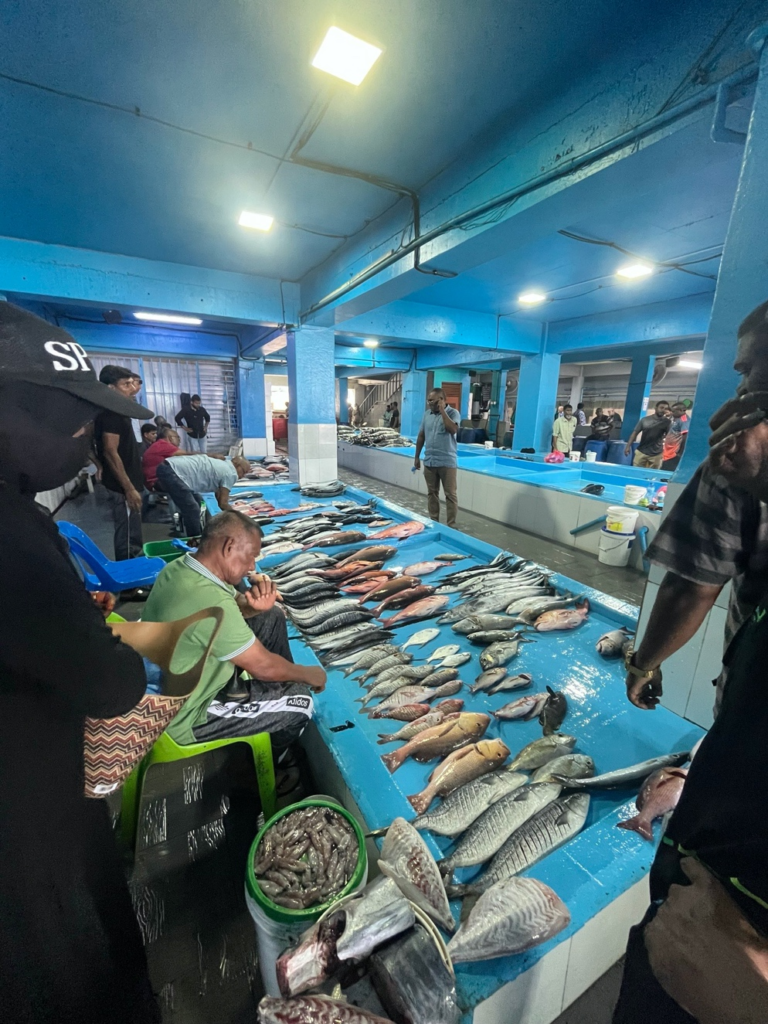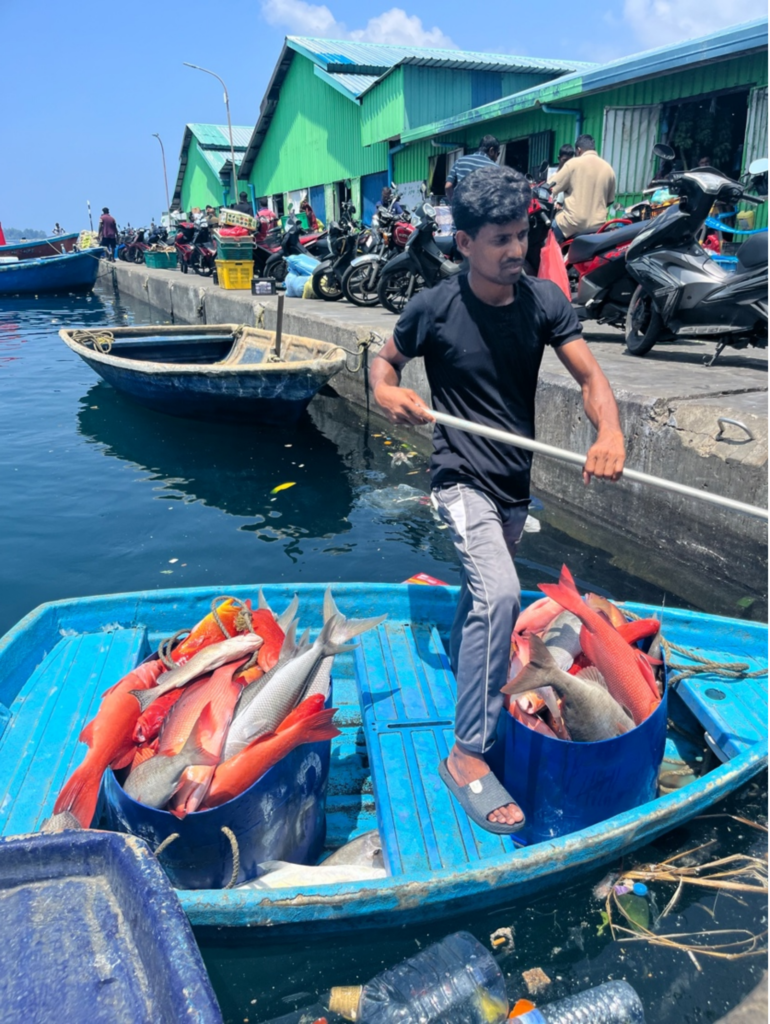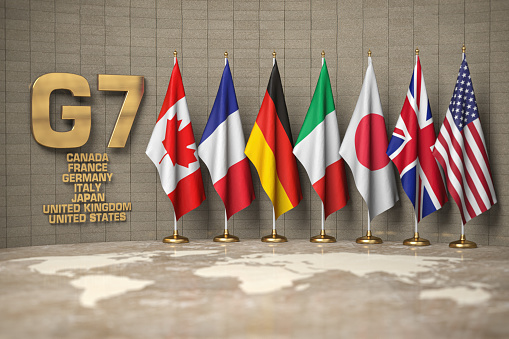by Dejvi Dedaj - SouthEast Asia & Oceania Team
Introduction
The Belt and Road Initiative (BRI) is an initiative adopted by China in 2013 to strengthen connectivity and cooperation among Asia, Europe, and Africa – and even extending to some regions in Latin America and Oceania – making its influence felt as the reinvigorated and wider Silk Road. The BRI establishes an extensive network of infrastructure projects to facilitate international trade and accelerate economic growth. Ranging from railways, highways, ports, and electricity power plants, the initiative is committed to rendering the movement of goods, services or resources more efficient.
The BRI stands upon two fundamental pillars, namely the Silk Road Economic Belt, which uses railways, roads, and pipelines to connect China to Europe via Central Asia, and the 21st Century Maritime Silk Road, a maritime route that links China to Southeast Asia, South Asia, Africa, and Europe via strategic ports and shipping lanes.
Notably, under the BRI, China allocates funding to the countries participating in infrastructure projects, mostly in the form of loans. Accordingly, notwithstanding the general interest in the BRI initiative, the project has attracted considerable criticism. Although proponents of the BRI assert that it boosts development, employment, and trade within participating countries, critics counter that BRI projects may elevate some countries into high debt levels, thus increasing their economic dependence on China and raising issues of sovereignty and environmental impact and sustainability. Indeed, the BRI is often viewed as a double-edged sword, both filling gaps in infrastructure and improving trade routes, but also positioning China as a leading financier in the global arena.
BRI Economic Benefits in Southeast Asia and Oceania
The BRI has provided a forum for investing in improving infrastructure, which, in turn, enhances connectivity and the interchange of goods among Southeast Asia and Oceania. For example, the China-Laos Railway—completed in 2021 and spanning 1000 km—facilitates the cheaper export of goods by connecting Laos to China’s southern Yunnan province, helping to spur economic growth in Laos by improving its access to international markets. In addition, the deep-water port in Gwadar, which is part of the much-discussed BRI despite being located in Pakistan, is relevant for Southeast Asian and Oceania trade as it significantly boosts maritime linkages with the Indian Ocean.
In addition, BRI investments have provided employment and stimulated sectors such as construction and manufacturing in developing regions. For instance, BRI projects such as the Jakarta-Bandung high-speed railway, in Indonesia not only bring new transportation possibilities but also foster job creation and knowledge transfer that advances and reinforces local industries while expanding economic capabilities.
Financial Challenges and Debt Risks
The biggest challenges faced by the BRI are debt vulnerabilities. Most of the projects involved are financed by loans, imposing significant burdens to smaller economies. Indeed, massive Chinese loans used to fund contemporary megaprojects have landed entire countries in a debt trap—Laos today stands burdened by a substantial debt relative to the country’s GDP. Similarly, in Malaysia, the East Coast Rail Link raised doubts about the viability of Chinese loans, causing the Malaysian government to renegotiate project terms amidst worries they would not be able to pay back such large loans, thus reducing the country’s financial strain.
Besides, the reliance on Chinese financing for BRI projects has created economic dependence of some Southeast Asian and Oceanian countries. Such dependence threatens to undermine the countries’ political and economic independence and sovereign control over their infrastructure and natural resources, as they become more and more beholden to Beijing. Fears emerge that these nations may become even more entangled with Chinese interests, thus helping China to gain more control over their policy decisions. For instance, Papua New Guinea faces akin challenges, since reliance on Chinese-funded ports and mining ventures, could make the country highly vulnerable, if revenues generated from these investments are not as expected.
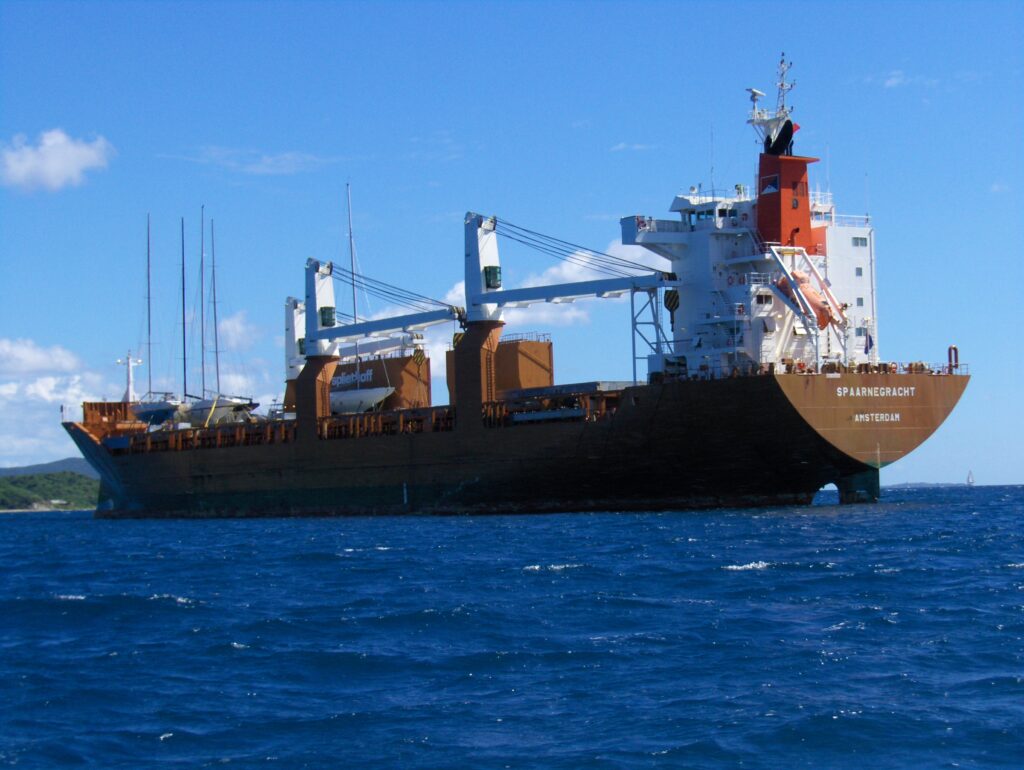
Strategic and Geopolitical Implications
The establishment of Chinese capital is remaking strategic and geopolitical realities in Southeast Asia and Oceania, as countries increasingly align their economic policies with Chinese interests. Nowhere has this been truer than in countries that rely on BRI investments as the primary conduit for infrastructure financing. Among the more prominent beneficiaries are Indonesia, home to some of China's most considerable BRI investments—as well as Pakistan, a key player in the initiative through its participation in CPEC and various infrastructure projects spanning energy and transportation. Laos, Kenya, and Sri Lanka are other countries that have raised substantial amounts via BRI-financing, which has supported necessary development in areas such as transport and energy, but this has come at the cost of taking on sizable levels of debt to the Chinese government.
The newly emerging Chinese presence is therefore regarded as a counterbalance to the US’ traditional influence, subsequently shifting the scale of power in an area usually perceived as fostering and perpetuating the conventional paradigm of the status quo. Indeed, several local communities have objected to BRI-related projects owing to the fear of ceding sovereignty over resources and strategic assets.
For example, the East Coast Rail Link in Malaysia has raised serious alarm about the possible adverse impact on the habitats along the coastline, as well as the control exerted by China over sensitive infrastructure. In Indonesia, critics have condemned Chinese-funded mining projects in Sulawesi due to environmental degradation, illegal logging, and displacement of locals. Sri Lanka’s leasing of Hambantota Port to a Chinese firm as a way of repaying a debt has likewise fuelled such fears that China could gain strategic leverage in the region. These cases show a hidden conflict between the general benefits that some countries get from infrastructure investments and threats to national sovereignty concerns.
Although BRI has also led to closer collaboration between Southeast Asian nations and China on shared infrastructure projects, promoting regional integration, it can also create tensions, as countries compete for Chinese investments or respond to public pressure to resist perceived Chinese overreach. For instance, Malaysia, Indonesia, and Thailand are negotiating BRI projects cautiously, trying to strike a reasonable balance between economic benefits and potential national security risks.
Conclusion
Evidently, the impact of the BRI has been substantially felt across Southeast Asia and Oceania, with the participating countries witnessing critical improvements in connectivity and infrastructure. Indeed, BRI projects have presented unique economic advantages, especially in the fields of transportation and employment in developing areas. That said, financial and geopolitical difficulties stemming from funding such BRI projects cannot be dismissed. Heavy economic reliance on Chinese investments poses a significant challenge to national sovereignty and long-term fiscal sustainability for several countries such as Malaysia, Laos, or Papua New Guinea, whose dependence on the Chinese Government has been conducive to burdensome debt-induced obligations and foreign interference with local affairs. What is more, China’s ever-growing presence on the global scene has remodelled the geopolitical landscape, challenging the conventional Western influence in the region.
This intricate relationship between the sought-after economic development in the region and the associated sovereignty risks has often led to local resistance to some BRI projects. However, such nuanced navigation of interstate relationships, particularly with China, is the only way forward to ensure sustainable, independent growth in today’s rapidly globalising, interconnected world. Indeed, should these economic and geopolitical challenges not be effectively addressed, then the BRI’s success cannot be guaranteed.


